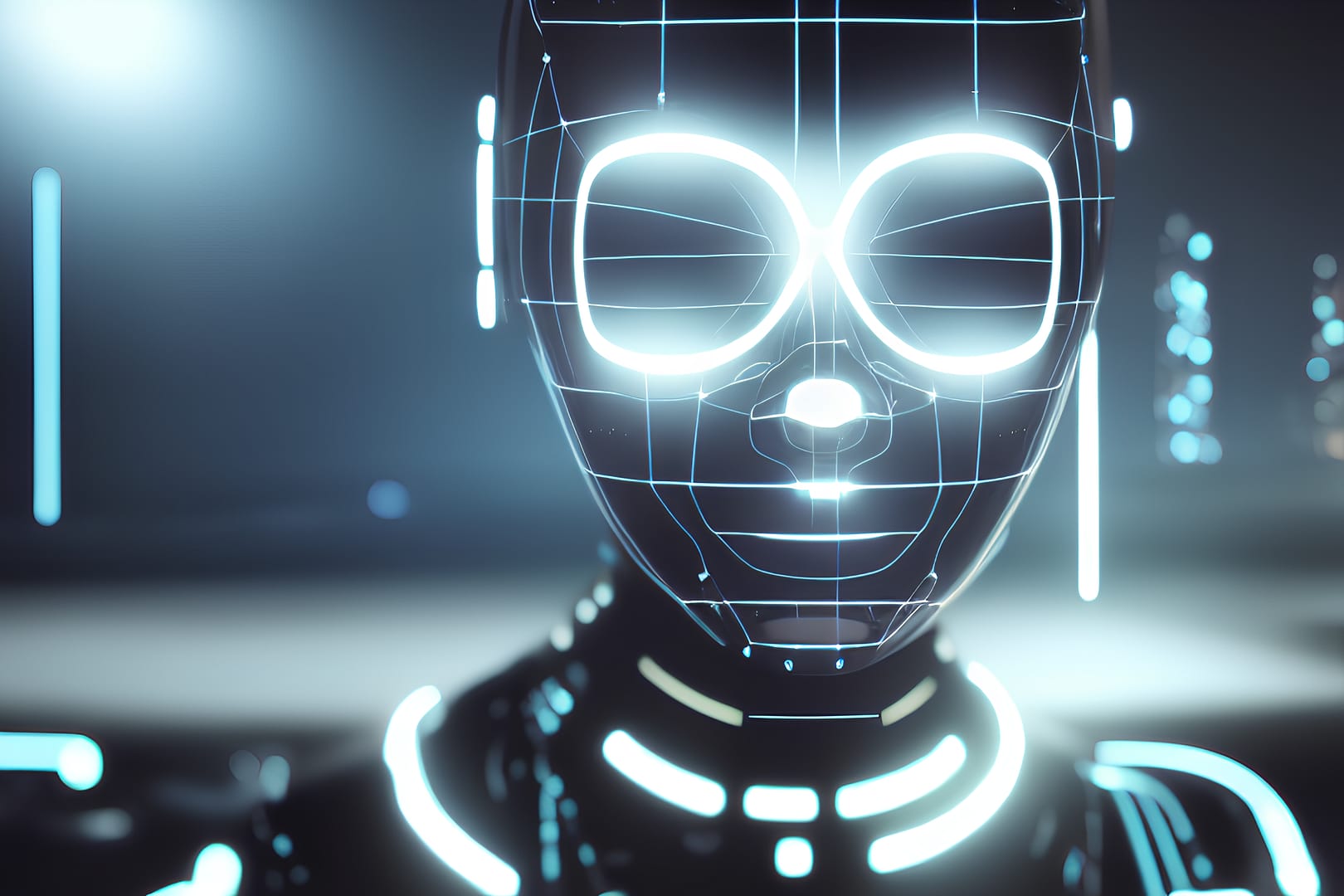Computer vision is a subfield of artificial intelligence that focuses on the development of algorithms and models that enable computers to process and analyze visual data, such as images and video. It involves using machine learning techniques to extract and analyze features from visual data, with the goal of enabling computers to recognize objects, understand scenes, and make intelligent decisions based on visual input. Computer vision has a wide range of applications, including image and video analysis, robotics, and augmented reality.
Table of Contents
Types of Computer Vision
There are several different types of computer vision tasks that are commonly used to process and analyze visual data. Some of the most common ones include:
- Image Recognition: Image recognition involves identifying and classifying objects or scenes in images. It is commonly used for tasks such as identifying faces in photographs and classifying images into predefined categories.
- Object Detection: Object detection involves identifying and locating objects within images or video. It is commonly used for tasks such as identifying pedestrians in a street scene or detecting vehicles in a traffic video.
- Image Segmentation: Image segmentation involves dividing an image into different regions or segments, each corresponding to a different object or background. It is commonly used for tasks such as separating foreground objects from the background or identifying different structures within an image.
- Image Generation: Image generation involves using machine learning models to generate new images based on a given input. It is commonly used for tasks such as generating realistic images of objects or scenes that do not exist in the real world.
Computer Vision Components
There are several key components that are essential for building and training computer vision models. These include:
- Dataset: A dataset is a collection of visual data that is used to train and evaluate computer vision models. Computer vision datasets can include images, video, or a combination of both.
- Feature Extraction: Feature extraction is the process of identifying and extracting relevant features from visual data. These features can be used to train and evaluate computer vision models.
- Machine Learning Model: A machine learning model is a mathematical model that is trained on a dataset and used to make predictions or decisions. Computer vision models can be based on a wide range of machine learning algorithms, including deep learning neural networks and support vector machines.
Computer Vision Tools
There are several tools and frameworks that are commonly used for building and training computer vision models. Some of the most popular ones include:
- OpenCV: OpenCV (Open-Source Computer Vision) is an open-source computer vision library developed in C++. It provides a range of tools and functions for tasks such as image and video analysis, object detection, and image generation.
- VGG: VGG (Visual Geometry Group) is a computer vision platform developed at the University of Oxford. It provides a range of tools and models for tasks such as image classification and object detection.
Conclusion
Computer vision is a rapidly growing field within artificial intelligence, with a wide range of applications in image and video analysis, robotics, and augmented reality. It involves using machine learning techniques to process and analyze visual data, with the goal of enabling computers to recognize and understand objects and scenes. There are many tools and frameworks available for building and training computer vision models, including OpenCV and VGG. As the field of computer vision continues to advance, it will play an increasingly important role in the development of artificial intelligence and the enhancement of human-computer interaction.



